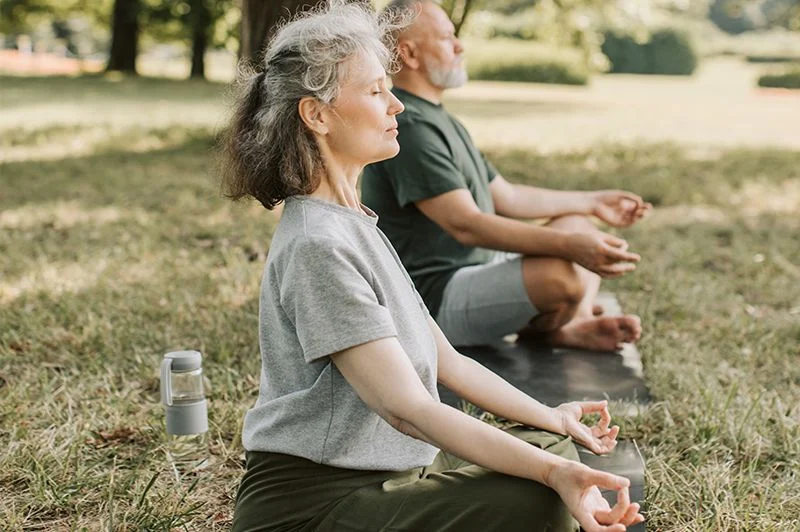Understanding brain plasticity: A therapist’s perspective
As a neurorehabilitation therapist, I often encounter the remarkable phenomenon of brain plasticity, or neuroplasticity, in my daily work. The brain’s incredible ability to reorganize structurally and functionally—holds profound implications for recovery and rehabilitation.
Brain plasticity allows the brain to adapt to learning, experience, and injury. For my patients who have experienced strokes, traumatic brain injuries, or neurological disorders, this adaptability is a beacon of hope. When damage occurs, unaffected brain areas can take over the functions previously managed by the injured regions. This dynamic process underscores the importance of tailored rehabilitation strategies.
In therapy, I emphasize activities that stimulate neural connections. For example, engaging clients in repetitive tasks—like working on balance or practicing eye movements—can foster new pathways and strengthen existing ones. The more we challenge the brain, the more it responds. This “use it or lose it” principle is central to my approach, and I encourage patients to push their boundaries and embrace new challenges.
What’s particularly inspiring is how plasticity extends beyond recovery from injury. Research shows that engaging in new experiences can reshape brain architecture even in healthy adults. Whether learning a new instrument or picking up a new language, the brain thrives on novelty. I often remind my patients that every small step—each attempt to relearn a skill—is a victory that contributes to their progress.
Moreover, understanding brain plasticity helps reduce the stigma surrounding brain injuries. It highlights that recovery is not only possible but also an ongoing process. Each day presents an opportunity for growth and change, reinforcing that it’s never too late to learn and adapt.
At the clinic, I regularly witness firsthand the incredible resilience of the human brain. Encouraging my patients to harness their neuroplasticity not only aids in their rehabilitation but also instills a sense of empowerment. Together, we explore limitless possibilities, reminding us all that change is always within reach.







